Shift Towards Preventive Care
The House Call Market is benefiting from a broader shift towards preventive care. As healthcare systems increasingly emphasize the importance of early intervention and regular health monitoring, house calls are becoming a viable solution for delivering preventive services. This trend is supported by data indicating that preventive care can reduce healthcare costs by up to 30%. By providing services such as routine check-ups and health screenings at home, healthcare providers can engage patients more effectively. This proactive approach not only improves health outcomes but also positions the House Call Market as a critical component of modern healthcare delivery.
Increased Focus on Patient-Centric Care
The House Call Market is evolving in response to a heightened focus on patient-centric care. Healthcare providers are increasingly recognizing the importance of involving patients in their own care decisions, which aligns well with the nature of house calls. This model allows for more personalized interactions and fosters a collaborative environment between patients and providers. Data indicates that patient engagement can lead to improved health outcomes and higher satisfaction rates. As the healthcare landscape continues to prioritize patient-centric approaches, the House Call Market is likely to expand, offering services that cater to the unique needs of individuals.
Technological Advancements in Healthcare
The House Call Market is experiencing a notable transformation due to rapid technological advancements. Innovations such as telemedicine, mobile health applications, and remote monitoring devices are reshaping how healthcare services are delivered. These technologies facilitate real-time communication between patients and healthcare providers, enhancing the efficiency of house calls. According to recent data, the telehealth market is projected to reach USD 459.8 billion by 2030, indicating a robust growth trajectory. This surge in technology adoption not only improves patient outcomes but also streamlines operational processes within the House Call Market, making it more appealing to both providers and patients.
Rising Demand for Personalized Healthcare
The House Call Market is witnessing an increasing demand for personalized healthcare services. Patients are increasingly seeking tailored medical attention that aligns with their individual needs and preferences. This trend is particularly pronounced among older adults and those with chronic conditions, who often require more frequent and personalized care. Data suggests that approximately 80% of older adults prefer receiving care in the comfort of their homes, which underscores the potential for growth in the House Call Market. As healthcare providers adapt to these preferences, the industry is likely to see a significant uptick in house call services, thereby enhancing patient satisfaction and loyalty.
Regulatory Support for Home Healthcare Services
The House Call Market is experiencing favorable regulatory changes that support the expansion of home healthcare services. Governments are increasingly recognizing the benefits of home-based care, leading to policies that promote and reimburse house call services. For instance, recent legislation has expanded Medicare coverage for home health services, which is expected to drive growth in the House Call Market. This regulatory support not only enhances the financial viability of house calls but also encourages healthcare providers to invest in and develop these services. As regulations continue to evolve, the House Call Market is poised for significant growth.



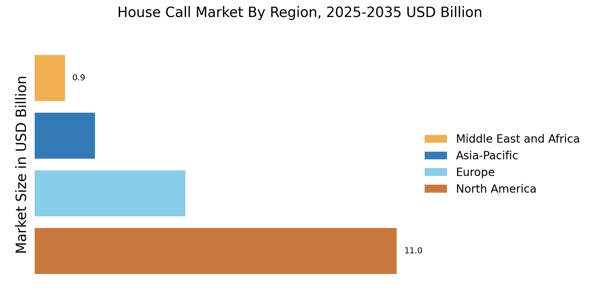
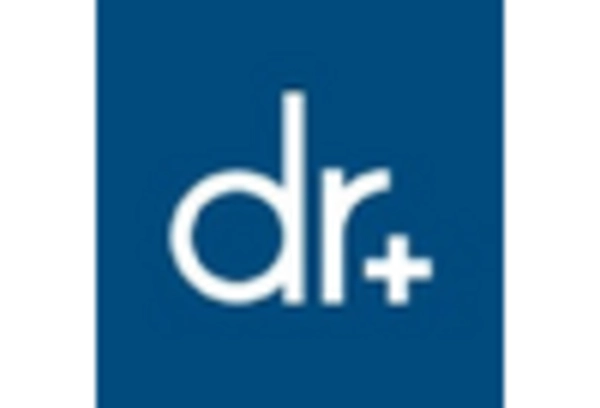
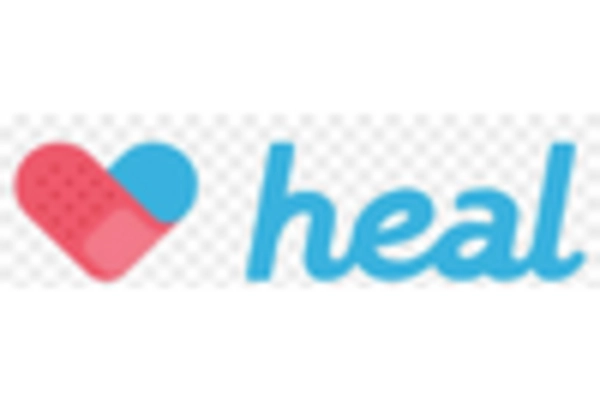
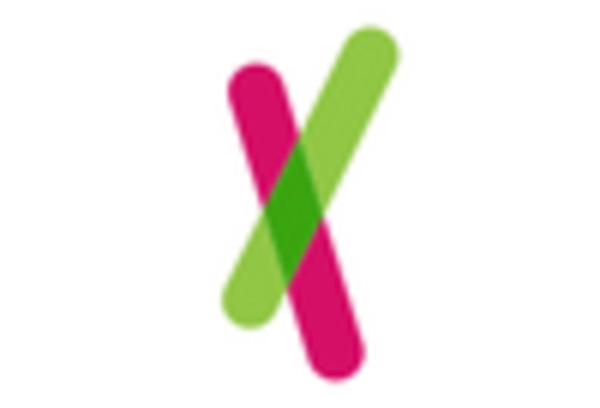

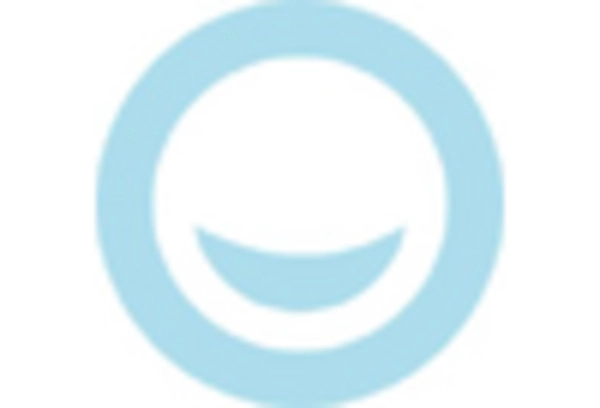









Leave a Comment